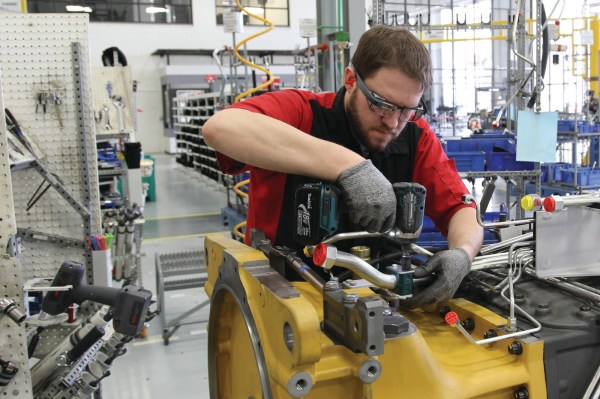Google Glass arguably always only made sense as an enterprise-focused product, but now it’s officially back and customized for those applications, with Glass Enterprise Edition (EE). The wearable head-mounted display has long had a place in the enterprise, even as its death as an experimental consumer product was being widely reported, but now we know a bit more about the EE hardware reconfiguration and Google’s approach to deploying the revised product (via Wired).
The new Glass EE includes an updated camera module that bumps resolution from 5 megapixels to 8, and it has longer battery life, a better processor, an indicator for video recording and improved Wi-Fi speeds (most of the spec bumps are what you’d expect for a product taking advantage of further cost decreases on smartphone components). But the biggest change is that the Glass EE module is now decoupled entirely from integrated frames, meaning it can work with all kinds of existing eyewear, including industrial safety glasses.
Making it an easily detachable, modular device is a huge boon for enterprise use, since it can much more easily be shared and cheaply deployed across a wide range of different industries. Wired also reports that the Glass EE product is a “full-on production” product with its enterprise partners, having graduate from the experimental stage.
Google detailed a few existing use cases, including in the agricultural machinery manufacturing industry, medical field and logistics with DHL, in a Medium post. It’s open to exploring more potential business applications, however, and is now opening up availability through its range of Glass solution provider partners.
Some hardware startups had identified the opportunity left behind by Google when it seemed to be backing away from Glass, after the initial enterprise uptake seemed not to make up for its consumer failure. Now, however, it looks like Google is intent on catering specifically to enterprise applications of the tech, which is great for software and platform makers, but might prove a challenge for anyone working on enterprise-specific AR or HMD headsets.
